What is a Muse Cover Letter?
A Muse cover letter is a crucial document you submit alongside your resume when applying for a job through the Muse platform. It serves as your first introduction to a potential employer, allowing you to express your interest in the position and highlight why you are the perfect fit. Unlike a resume, which provides a chronological overview of your experience, a cover letter gives you the opportunity to showcase your personality, elaborate on specific skills, and explain your motivations for applying. Crafting a well-written Muse cover letter is essential for making a positive first impression and increasing your chances of landing an interview.
Why You Need a Muse Cover Letter
In the competitive job market, a Muse cover letter provides you with a significant advantage. It allows you to differentiate yourself from other candidates by demonstrating your unique value proposition. A cover letter enables you to elaborate on experiences and skills that may not be fully captured in your resume. It shows employers that you’ve taken the time to learn about the company and the specific role, expressing genuine interest. This personalized approach is highly valued by employers. Furthermore, a well-crafted cover letter communicates your writing skills, attention to detail, and professionalism. Ignoring the cover letter is a missed opportunity to make a compelling case for why you are the ideal candidate.
Key Components of an Effective Muse Cover Letter

A successful Muse cover letter template is more than just a formality; it’s a strategic document that requires careful attention to detail. Several key components work together to create a compelling narrative that will capture the reader’s attention and increase your chances of securing an interview. These components include your contact information, the recipient’s contact information, a professional greeting, a captivating opening, and a well-structured body that highlights your skills, experience, and enthusiasm for the role. A strong closing, a proper expression of gratitude, and a clear call to action are all essential for maximizing your impact. Finally, proofreading and formatting are crucial for a polished and professional presentation.
Your Contact Information
Start your Muse cover letter by providing your contact details at the top. This typically includes your full name, phone number, email address, and optionally, your LinkedIn profile URL. Ensure this information is current and accurate. Formatting it consistently and clearly makes it easy for the hiring manager to reach out to you. Place your contact information on the left or center-aligned, depending on your formatting preference. This simple step guarantees that recruiters have instant access to your contact information without having to search through the document.
The Recipient’s Contact Information
Below your contact information, include the recipient’s contact information. If you know the hiring manager’s name, address your letter to them directly; research this information on the Muse job posting or the company’s website. Use their full name and title, if known. If you can’t find a specific name, use a general greeting such as “Dear Hiring Manager.” Including the recipient’s details shows that you pay attention to detail and have taken the initiative to personalize your application. This shows your commitment to the role and your willingness to go the extra mile.
Professional Greeting
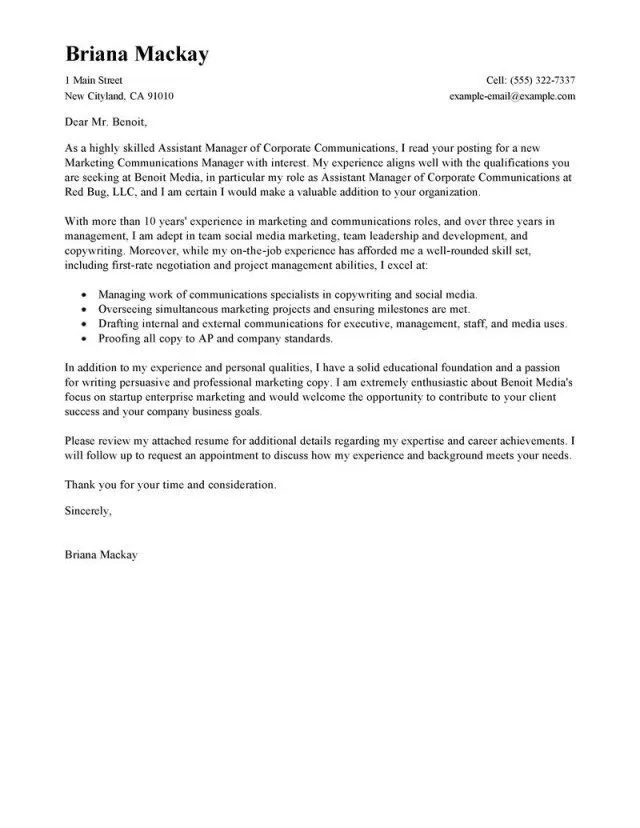
Begin your cover letter with a professional greeting. As previously mentioned, if you know the hiring manager’s name, use “Dear Mr./Ms./Mx. [Last Name].” If the name is unavailable, “Dear Hiring Manager” is the best alternative. Avoid generic greetings such as “To Whom It May Concern,” which can make your letter seem impersonal. Your opening greeting sets the tone for the rest of your letter. A professional greeting immediately demonstrates respect and professionalism. The greeting should always align with the professional tone you want to convey throughout your application.
Crafting a Compelling Opening
The opening paragraph is your chance to immediately grab the reader’s attention. Start with a strong hook that expresses your enthusiasm for the position. Mention the specific role you’re applying for and where you found the job listing, typically The Muse. Briefly state why you are interested in the company and the role. This shows your understanding of the company’s mission and goals. Keep it concise and to the point. Highlight what initially attracted you to the position. The opening must convey your excitement for the role and encourage the reader to continue reading your letter.
Highlight Your Relevant Skills and Experience
The body of your Muse cover letter is where you connect your skills and experience to the job requirements. Review the job description carefully and identify the key skills and experiences the employer is seeking. Provide specific examples of how you have demonstrated those skills in previous roles. Use the STAR method (Situation, Task, Action, Result) to describe your accomplishments. Be specific, and avoid generic statements. The key is to demonstrate how your qualifications align with the requirements of the role. Focus on what you bring to the table and tailor your examples to the company’s needs.
Tailoring Your Letter to the Job
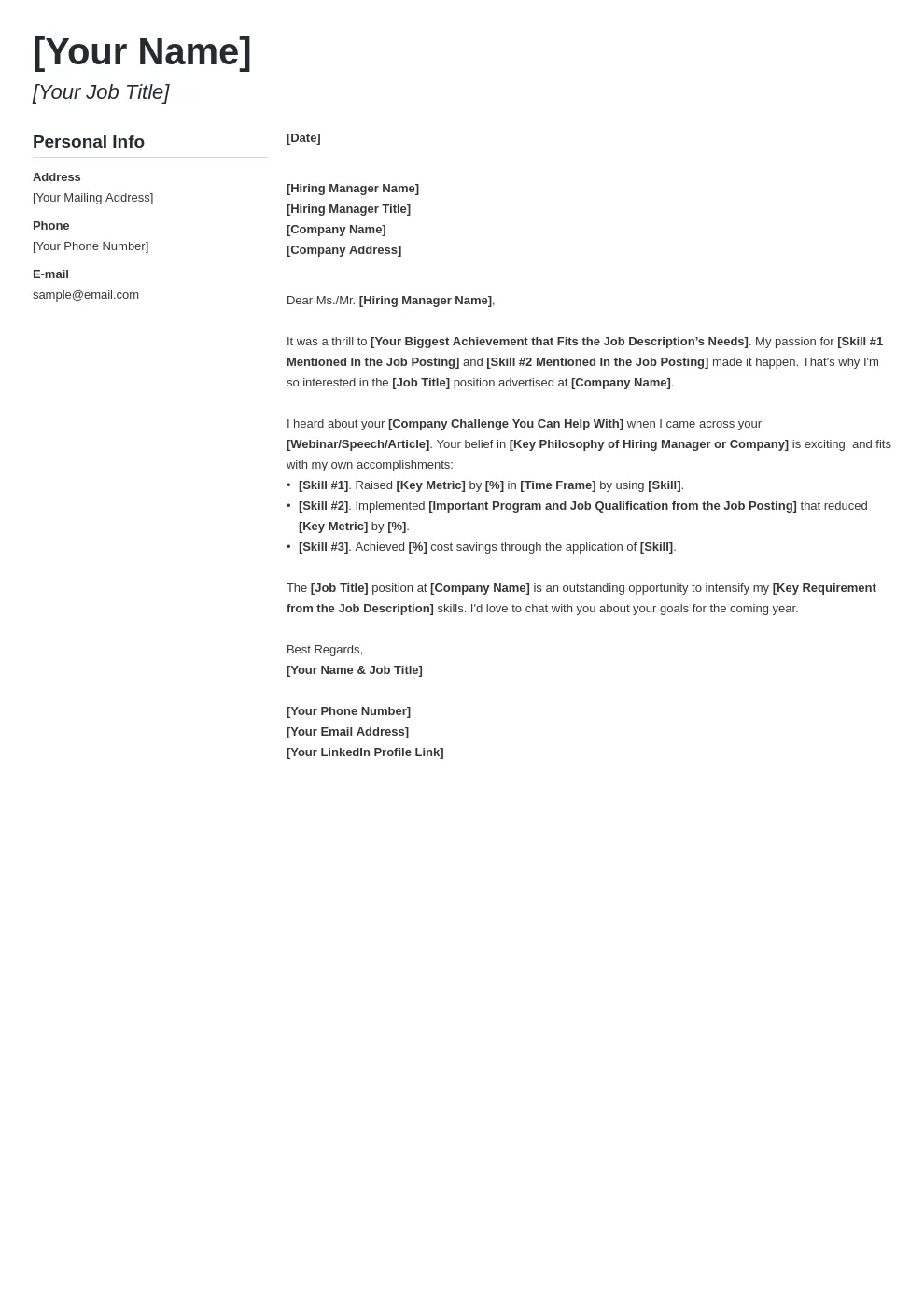
One of the biggest mistakes is sending a generic cover letter. Always tailor your letter to each specific job you apply for. Research the company and the role to understand their needs and values. Customize your letter to address the specific requirements listed in the job description. Emphasize the skills and experiences that align with what the company is seeking. Mention specific projects or accomplishments relevant to the role. This shows you understand the role and are invested in the company. Customization highlights your commitment and makes you stand out from applicants sending generic letters.
Quantify Your Achievements
Whenever possible, quantify your achievements to make your accomplishments more impactful. Use numbers, statistics, and metrics to demonstrate your success. For example, instead of stating “Improved customer satisfaction,” say “Increased customer satisfaction by 15% through implementing a new feedback system.” Quantifying your achievements provides concrete evidence of your skills and capabilities. Numbers give you a sense of credibility and help the hiring manager understand the impact you’ve had in past roles. Quantifiable achievements make a stronger impression and make it easier for employers to assess your potential value.
Showcase Your Personality and Passion
While maintaining professionalism, inject your personality and passion into your Muse cover letter. Let your enthusiasm for the role and the company shine through. Share why you’re excited about the opportunity and what motivates you. Avoid sounding robotic or detached. Your personality makes your letter more memorable and helps the reader connect with you on a personal level. Be authentic in your writing. Demonstrate genuine interest in the company’s mission and culture. Showing your personality will help the hiring manager see beyond your resume.
Closing the Letter Effectively
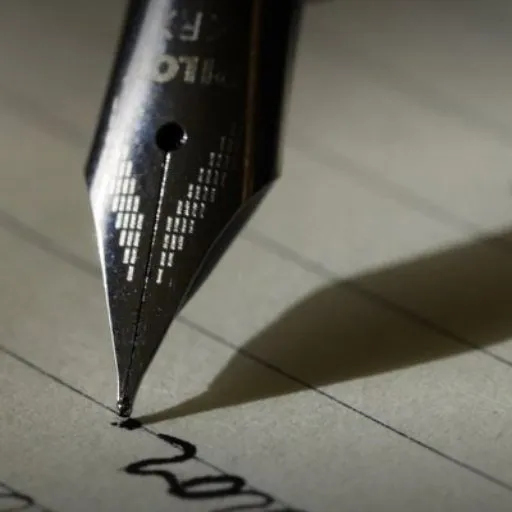
Your closing paragraph is the final impression you leave on the hiring manager. Briefly summarize your key qualifications and reiterate your interest in the position. Express your gratitude for the opportunity to be considered. Make it clear that you are enthusiastic about joining the company. The closing should reinforce your suitability for the role. It is your last chance to make a compelling case and reiterate your value proposition. End on a positive and confident note, leaving the reader with a strong impression.
Expressing Gratitude
Always express your gratitude for the hiring manager’s time and consideration. Thank them for reviewing your application and acknowledging their efforts. Show your respect and appreciation for the opportunity to be considered for the role. This simple courtesy reflects your professionalism. It leaves the reader with a positive impression. Expressing gratitude is a critical component of a polished application. It shows that you recognize and appreciate their time.
Call to Action
End your Muse cover letter with a clear call to action. State that you are available for an interview and are eager to discuss your qualifications further. Provide your contact information again, making it easy for the hiring manager to reach out. Your call to action should be direct and confident. It encourages the hiring manager to take the next step. A strong call to action demonstrates your enthusiasm for the role and increases the likelihood of getting an interview.
Proofreading and Formatting Your Letter
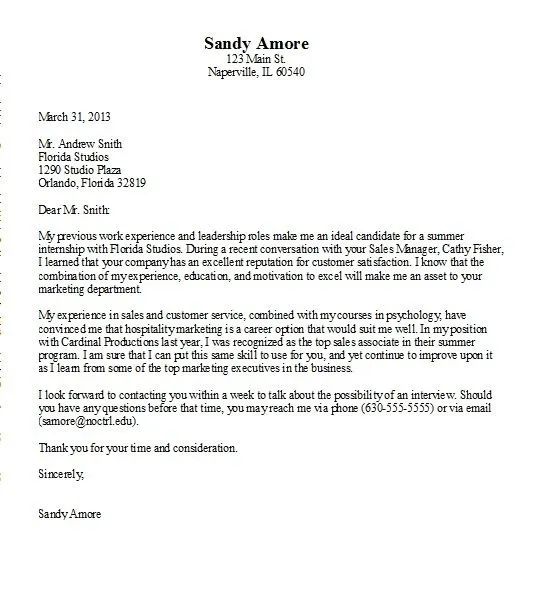
Before submitting your Muse cover letter, meticulously proofread it for any errors in grammar, spelling, and punctuation. Ensure the formatting is consistent and professional. Use a clear and easy-to-read font, such as Arial or Times New Roman. Proofreading can prevent your letter from appearing unprofessional. Poor formatting makes a negative impression on the hiring manager. A well-formatted, error-free cover letter reflects attention to detail. It demonstrates your commitment to excellence and enhances your credibility.
Common Mistakes to Avoid
Avoiding common mistakes can significantly improve the effectiveness of your cover letter. Several errors can undermine your chances of landing an interview. Being aware of these pitfalls helps you to avoid them. Ensure your cover letter makes a positive impression on the hiring manager.
Overusing Clichés
Avoid overused clichés and generic phrases. Phrases like “team player” and “hard worker” can make your letter sound unoriginal. Instead, use specific examples to show your skills and qualities. Clichés diminish your credibility and make your letter less engaging. They make your letter seem less personal. Using original language allows you to stand out and convey your unique value proposition. Use the space to showcase the specific skills that make you the ideal candidate.
Ignoring the Job Description
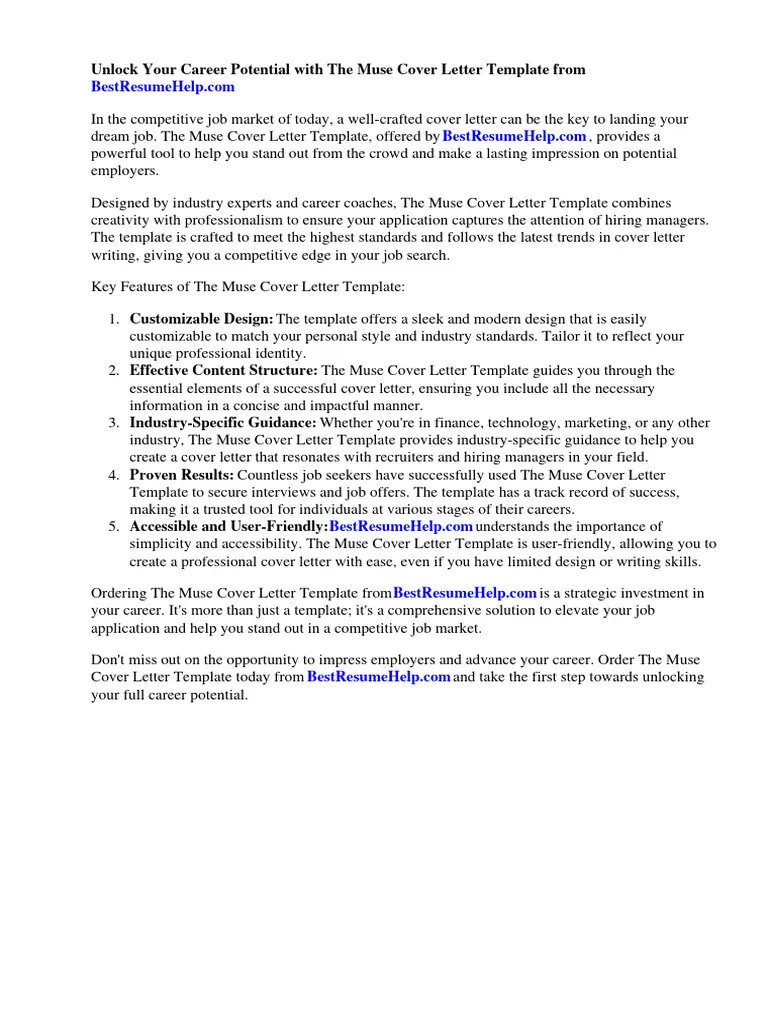
Failing to tailor your Muse cover letter to the specific job description is a major mistake. Always carefully review the job posting and address the required skills and experiences. Ignoring the job description suggests a lack of interest and attention to detail. Tailoring your letter helps demonstrate that you understand the company’s needs. It shows your commitment to the specific role and increases your chances of securing an interview.
Poor Formatting and Typos
Typos and poor formatting can instantly damage your credibility. Errors in grammar, spelling, and formatting demonstrate a lack of attention to detail. Ensure your cover letter is free of errors and well-formatted. Use a clear and professional font. Formatting issues make your letter look unprofessional. Proofread your letter carefully. Run it through a grammar checker. Poorly formatted letters often get immediately discarded. A polished letter shows that you value quality and professionalism.
Best Practices for Submitting Your Cover Letter
Once you’ve crafted your Muse cover letter, follow best practices when submitting it. Always submit your cover letter in a professional format, typically a PDF file. Make sure the file is properly named, including your name and the job title. Proofread your cover letter before submitting it. Verify that the recipient’s contact information is correct. Adhering to submission guidelines demonstrates professionalism. It ensures that your application is received and reviewed correctly. This helps avoid any issues that may arise during the application process.
